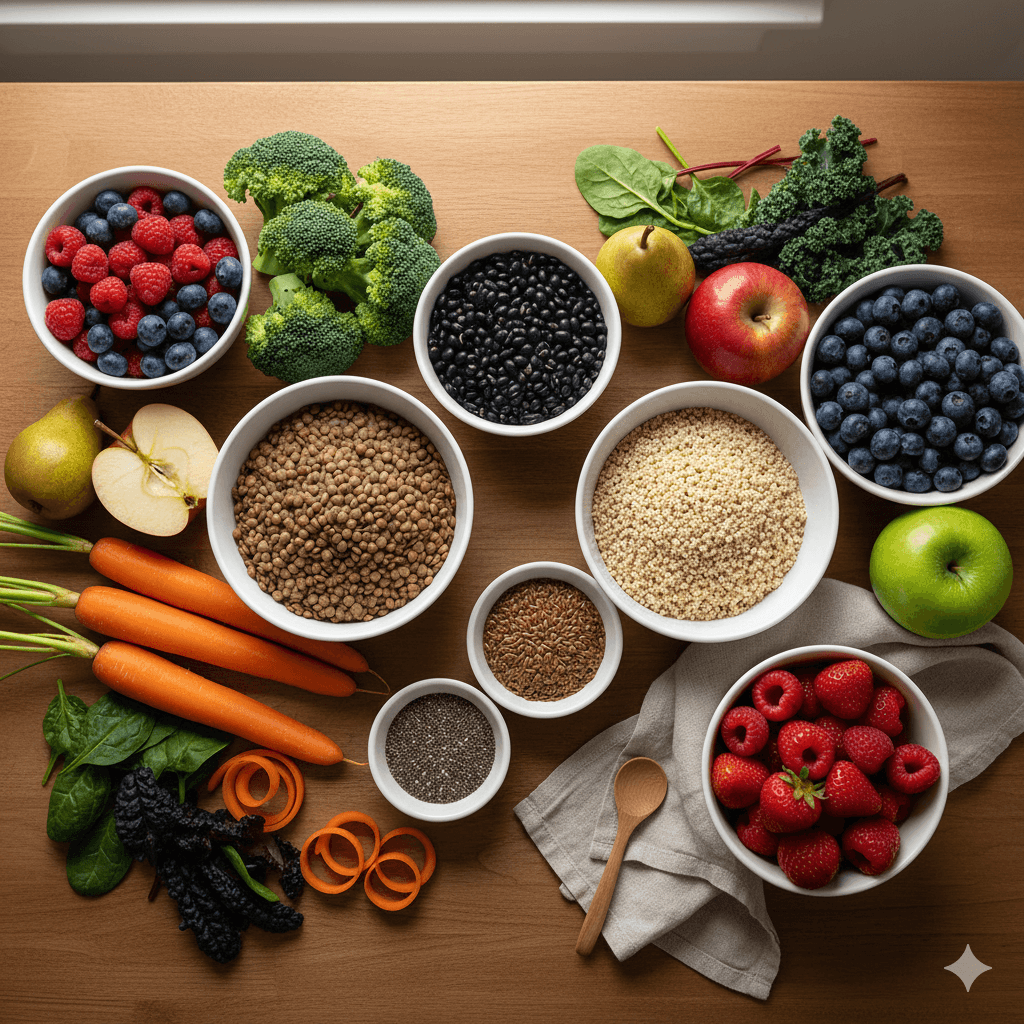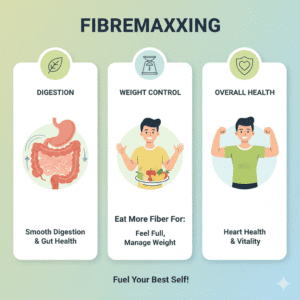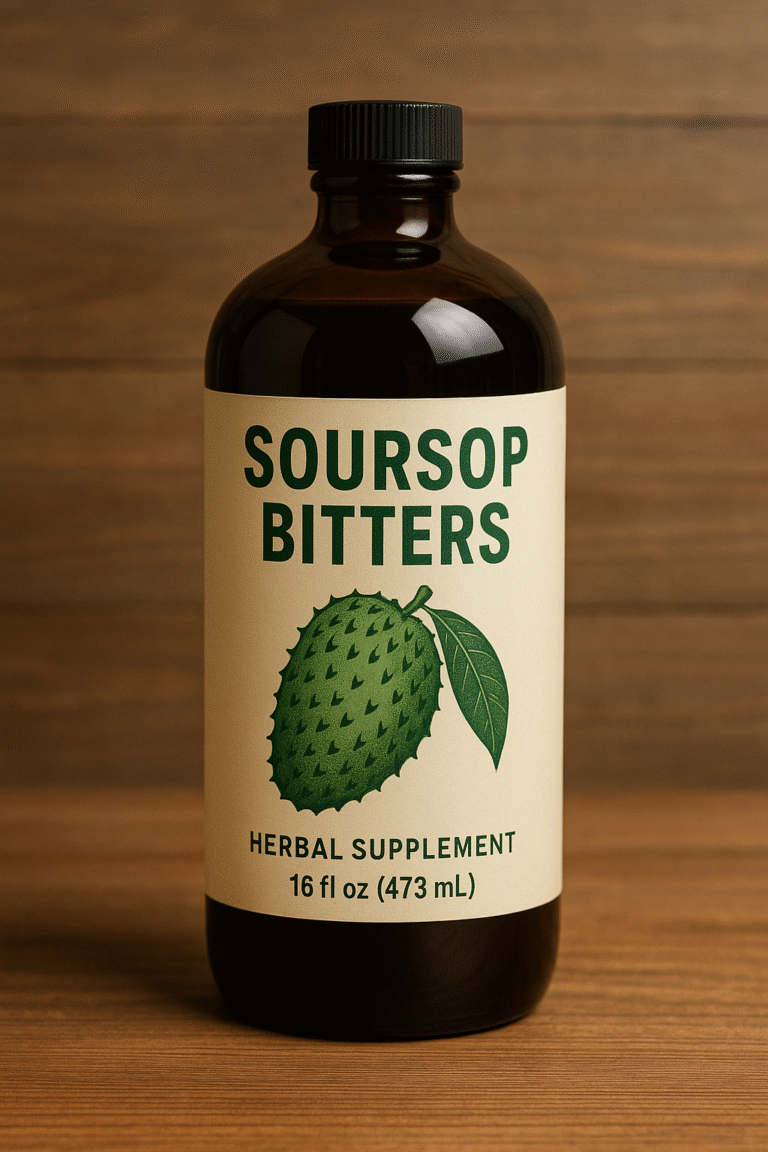Fibremaxxing: The Science-Backed Strategy to Boost Digestion
Fibremaxxing means intentionally eating more fiber each day. This helps with digestion, weight control, and overall health. While it’s trending in nutrition and fitness spaces, the idea itself is rooted in well-established research. Many Americans eat much less fiber than they should. This lack of fiber can lead to problems like bad gut health, weight gain, and high blood sugar.
This guide explains what fibremaxxing is, why it matters, how to do it effectively, and the best foods to focus on. Whether you are starting to improve your diet or are already health-savvy, fiber maxing can help you feel better and function well.
What Is Fibremaxxing?
The term “fibremaxxing” is not a medical term. It is often used to mean increasing your daily fiber intake. This can be done through whole foods and sometimes supplements. It focuses on using fiber to help important areas of health. This includes digestion, metabolism, weight control, and preventing diseases.
Recommended Daily Fiber Intake in the U.S.
According to the Dietary Guidelines for Americans:
- Women: About 25 grams per day
- Men: About 38 grams per day
Despite this, the average American adult consumes only 15 grams daily, falling short by nearly half. Fibremaxxing bridges that gap through smart dietary choices.
Why Fibremaxxing Matters
Increasing fiber intake is one of the simplest, evidence-based strategies for improving overall health. Here’s why:
1. Supports Digestive Health
Fiber adds bulk to stool and helps keep bowel movements regular. Soluble fiber (found in foods like oats, apples, and beans) absorbs water and forms a gel that softens stool. Insoluble fiber (found in vegetables, whole grains, and seeds) adds roughage that helps move waste through the digestive tract.
A diet high in fiber is linked to a healthier gut microbiome. This microbiome affects immune function and inflammation levels.
2. Promotes Satiety and Weight Control
High-fiber foods take longer to chew and digest, which naturally slows down eating and increases fullness. Soluble fiber in particular delays stomach emptying and stabilizes appetite hormones. Many studies show that eating more fiber can help with lower body weight. It also helps keep weight off over time, even without strict dieting.
3. Helps Regulate Blood Sugar
Soluble fiber slows the absorption of carbohydrates, which helps prevent blood sugar spikes and crashes. This is especially beneficial for people managing prediabetes, type 2 diabetes, or insulin resistance. Fiber doesn’t raise blood sugar itself, making it an important tool for glycemic control.
4. Supports Heart Health
Dietary fiber, especially soluble fiber, helps lower LDL cholesterol, which is associated with reduced cardiovascular risk. It also helps maintain healthy blood pressure and supports overall heart function. Large population studies consistently show that people who eat more fiber have a lower risk of heart disease and stroke.
5. Reduces Risk of Chronic Disease
A high-fiber diet can lower the risk of some cancers. It also helps improve metabolic health and can lead to a longer life. This is largely because fiber supports balanced gut bacteria, lowers inflammation, and helps regulate key metabolic markers.
How to Practically Fibremaxx
The goal isn’t to overload your system with fiber overnight. Gradual and consistent increases work best, along with adequate hydration. Here’s how to apply fibremaxxing in everyday life.
1. Prioritize Whole Plant Foods
Whole foods should be your main source of fiber. Focus on:
- Legumes: Lentils, black beans, chickpeas
- Whole grains: Oats, quinoa, barley, brown rice
- Fruits: Apples, pears, berries, oranges
- Vegetables: Broccoli, carrots, Brussels sprouts, leafy greens
- Nuts and seeds: Chia seeds, flaxseeds, almonds
2. Swap Refined for High-Fiber Alternatives
- Replace white bread with 100% whole-grain bread.
- Swap regular pasta for whole wheat or lentil pasta.
- Choose high-fiber cereals or oats over sugary breakfast options.
- Pick fruit over processed snacks for a natural fiber boost.
3. Add Fiber Gradually
Sudden large increases can cause bloating, gas, or discomfort. Add 5 grams at a time every few days, giving your digestive system time to adjust.
4. Stay Hydrated
Fiber works best when it can absorb water. Aim for plenty of fluids throughout the day, especially if you’re increasing your fiber intake significantly.
5. Use Supplements Strategically (Optional)
If you struggle to meet your daily goals through food alone, fiber supplements like psyllium husk or inulin can help. However, they should complement, not replace, a fiber-rich diet.
Top Fibremaxxing Foods
Here’s a quick list of high-fiber foods per serving to help plan your meals:
| Food | Serving Size | Approx. Fiber (g) |
|---|---|---|
| Chia seeds | 2 tbsp | 10 g |
| Lentils (cooked) | 1 cup | 15 g |
| Black beans (cooked) | 1 cup | 15 g |
| Raspberries | 1 cup | 8 g |
| Oats (dry) | ½ cup | 4 g |
| Broccoli (cooked) | 1 cup | 5 g |
| Apple (with skin) | 1 medium | 4 g |
| Quinoa (cooked) | 1 cup | 5 g |
Including just two to three of these foods per meal can help most adults meet their daily targets without supplements.
Potential Downsides and How to Avoid Them
Fibremaxxing is healthy when done intelligently, but overdoing it too quickly can cause problems:
- Bloating and Gas: Common if your gut isn’t used to higher fiber. Introduce fiber slowly.
- Constipation: Can occur if fiber increases but water intake doesn’t.
- Digestive Sensitivity: People with IBS or other gut issues may need to pick their fiber types carefully. They should focus on low-FODMAP sources if needed.
If discomfort persists, adjusting the type and timing of fiber intake or working with a registered dietitian can help.
Key Takeaways
- Fibremaxxing means adding more fiber to your diet using whole foods. This helps with digestion, weight control, blood sugar, and long-term health.
- Most Americans eat much less fiber than they should. Small daily changes can help. Try swapping refined carbs for whole grains. Eat more fruits and vegetables. Include legumes in your diet. These changes can make a big difference.
- Increase fiber gradually, stay hydrated, and use supplements only when needed.
- Over time, fibremaxxing supports a healthier gut, more stable energy, and lower disease risk.
Final Thought About Fibremaxxing:
Fibremaxxing isn’t a fad. It’s a simple, evidence-based habit that aligns with decades of nutritional research. If you want better digestion, weight control, or better health, focus on fiber. It is one of the best and most lasting strategies you can use.
FAQs About Fibremaxxing
What is fibremaxxing?
Fibremaxxing means intentionally eating more fiber each day. This helps with digestion, weight control, and overall health.








